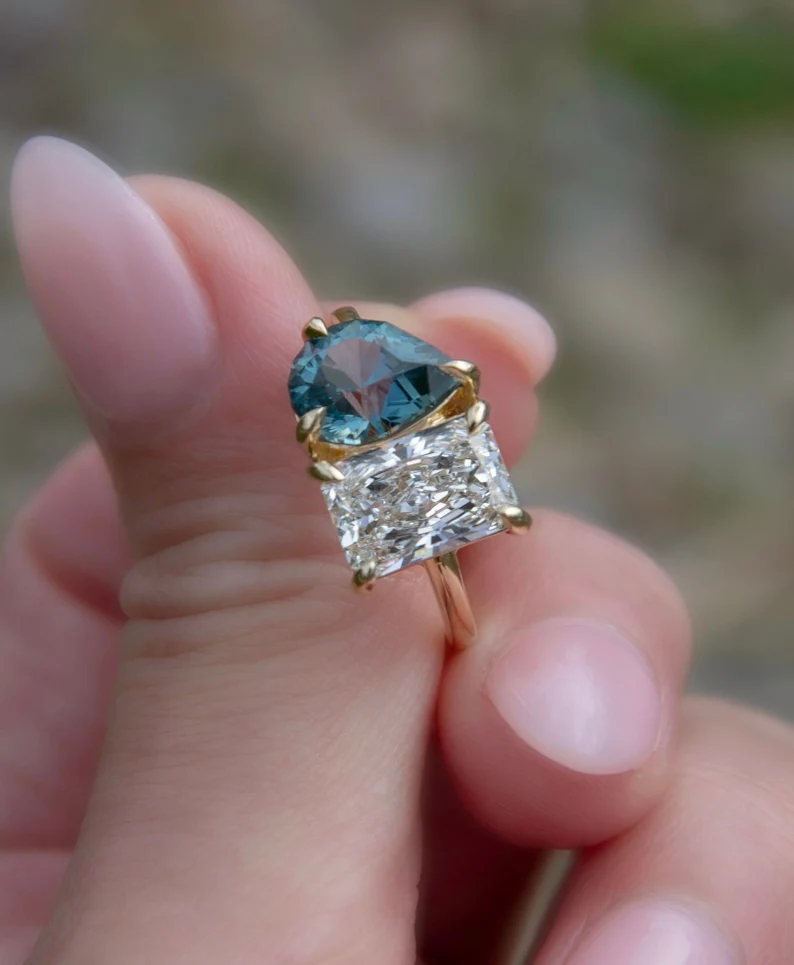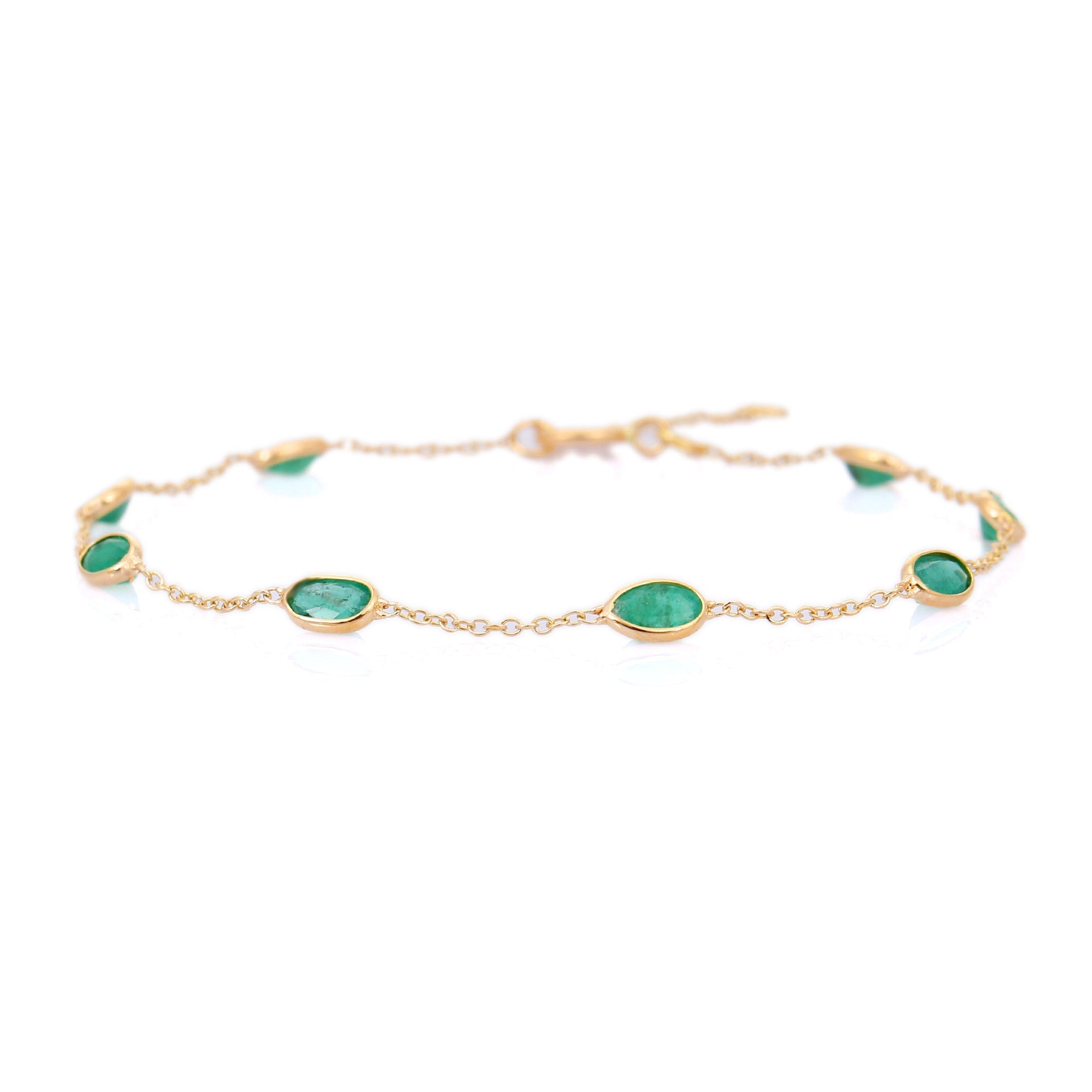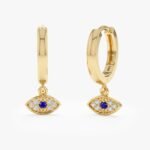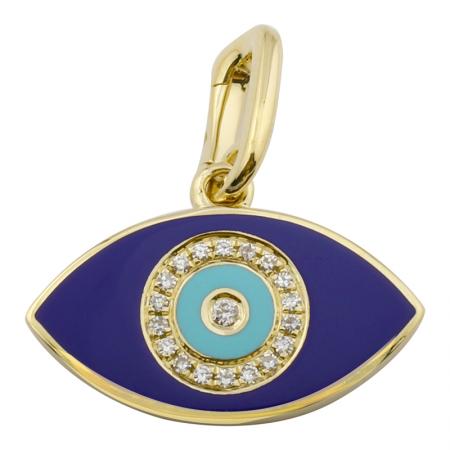Sweat, Headphones, and Fresh Piercings: The US Gym Problem

Gyms are where sweat, friction and close-fitting gear meet fresh body piercings. That mix can slow healing or cause infection. This article explains why, gives clear numbers and materials to choose, and offers practical steps you can use today if you train with new piercings.
Why sweat and headphones are a problem
Sweat is mostly water and salt. Salt dries and irritates healing tissue. Sweat also lowers the local pH and helps bacteria multiply on skin. Headphones and earbuds add pressure and friction. Repeated rubbing causes micro‑trauma. Micro‑trauma keeps a wound open, delays new tissue formation, and can push jewelry toward the surface (migration).
Cartilage is especially vulnerable because it has poor blood flow. That means less immune response and slower healing. A small nick or trapped moisture can progress to a deep infection there faster than in the fleshy earlobe.
How long piercings actually take to heal (and why it matters)
Healing times differ by location because of blood flow and motion:
- Earlobe: typically 6–8 weeks. Lobe tissue is thick and vascular, so it heals relatively quickly.
- Cartilage (helix, conch, tragus): 3–9 months, sometimes up to 12. Less blood flow slows repair.
- Industrial or surface piercings: 6–12 months or more. They cross multiple tissues and stay under constant mechanical stress.
Why this matters: you are most at risk during the first few weeks. During that time avoid routine that repeatedly stresses the site. For cartilage, extend caution for months.
Jewelry: what to wear in the gym and why
Material and size make a real difference.
- Best materials: Implant‑grade titanium (ASTM F136, Ti‑6Al‑4V ELI) and niobium. These are inert and release virtually no irritants. Platinum is excellent but costly.
- Acceptable: Surgical stainless steel 316L or 316LVM if you are not nickel‑sensitive. Those grades are commonly used and biocompatible in most people.
- Avoid: plated, gold‑filled or low‑karat alloys that can corrode or leach metals. If you choose gold, use solid 14k (58.3% Au) or 18k (75% Au) and only if alloy components are nickel‑free.
- Gauge/size: For initial studs in earlobes many piercers use 18g (1.0 mm) or 20g (0.8 mm). Cartilage often uses 16g (1.2 mm) or 14g (1.6 mm) depending on placement. Initial post length should allow for swelling: typically 6–8 mm for lobes and 6–10 mm for cartilage. Ask your piercer for the specific sizing for your anatomy.
Why this matters: inert metals reduce allergic reactions. Correct gauge and extra post length reduce pressure and let tissue swell without rubbing the backing or tightening jewelry.
Practical gym do’s and don’ts for fresh piercings
- Do clean before and after training. Rinse with sterile saline (store‑bought or homemade: 1/4 tsp non‑iodized sea salt in 8 oz warm distilled water). Saline is gentle, isotonic and promotes healing. Pat dry with a clean paper towel. Why: removes sweat, salt and bacteria without drying tissue.
- Do use a clean sweatband or headband. Place it so sweat is wicked away from the site. Why: reduces moisture buildup and stops headphone pads from rubbing directly on the piercing.
- Do choose headphones that don’t press on the piercing. Over‑ear cans with soft cushions that sit away from the ear or bone‑conduction models are better than in‑ear buds that sit in the ear canal or press on the helix. Why: lower mechanical stress reduces migration and irritation.
- Do keep gym towels and equipment contact minimal. Wipe machines before use and avoid resting the piercing against benches. Why: gym surfaces harbor bacteria.
- Don’t remove the jewelry during healing unless instructed. The hole can start closing quickly. Why: removing can trap fluid and reopen the wound or close the tract prematurely.
- Don’t use alcohol, hydrogen peroxide or antibiotic ointments routinely. They damage cells needed for healing and can dry tissue. Why: these substances kill healthy cells and slow tissue repair.
- Don’t cover with an occlusive bandage long term. Products like Tegaderm can protect from immediate friction for 24–48 hours, but long occlusion traps sweat and bacteria. Why: moisture + heat under occlusion is a breeding ground for infection.
Quick routine you can follow at the gym
- Before workout: wash hands, clean the site with saline spray, put on a clean sweatband or adjust headphones away from piercing.
- During: avoid touching or adjusting the jewelry. Wipe sweat, not the piercing, with a clean towel.
- After: saline rinse or soak, gently pat dry with paper towel. Inspect for unusual redness, heat, or discharge.
Warning signs and what to do
Watch for increasing pain, spreading redness, swelling that worsens after 48 hours, yellow/green discharge, fever, or red streaks. Those signs suggest infection. Also suspect a metal allergy if you get a persistent rash around the site without pus. In both cases stop wearing suspect jewelry and see your piercer or a doctor. If you suspect allergy, switch to implant‑grade titanium or niobium.
Practical examples
Example 1: New earlobe piercing, you train 5 times a week. Use 18g titanium studs with 6–8 mm post length. Wear a sweatband and over‑ear headphones. Clean with saline after each session. Expect to be cautious for 6–8 weeks.
Example 2: New helix/tragus cartilage piercing, you do high‑sweat classes. Use implant‑grade titanium 16g or 14g with 8–10 mm post length. Avoid tight headbands and in‑ear buds for at least three months. Clean daily; avoid submerging in pools for the first month.
Bottom line
Sweat and headphones introduce salt, moisture and mechanical stress. Those delay healing and raise infection risk, especially for cartilage. Use inert metals, give extra post length, protect sites from friction with sweatbands, clean with saline and avoid harsh chemicals. If you see signs of infection or a persistent rash, stop using suspect jewelry and see a professional. With simple, consistent care you can keep training and protect your new piercing at the same time.




